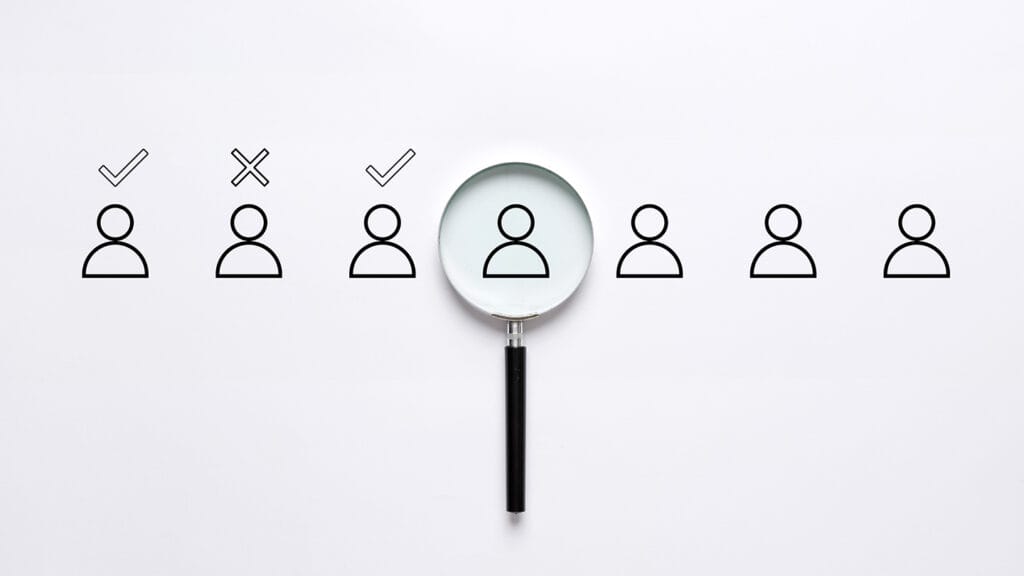At-home caregiving has been rapidly increasing in the United States, with 16.8% of the population (41.8 million people) currently providing care for an over-50 adult (up from 14.8% in 2015). Still, a majority percentage of these caregivers are unpaid family members, often due to financial strain or labor shortage — 27% of caregivers have difficulty or are unable to find affordable care in their area. Numerous studies point to the current issues at-home caregivers are facing, including debilitating mental stress, strained family relationships, labor shortages and underfunding, an inability to take enough time off of work, and socioeconomic and racial disparities.
Improving in-home healthcare through technological innovation is the necessary next step in addressing the current issues in the sector. Adequate technology should ease the time and money strain on at-home caregivers, allow them to maintain a more reasonable schedule, and be fundamentally reliable and medically sound. The technology we develop to improve at-home care should therefore prioritize two key factors: being continuous and autonomous.
Constant monitoring need
Most critical health events are preceded by respiratory warning signs six to eight hours prior to the event. Therefore, constant monitoring of respiratory rate is the most effective way to get ahead of a future medical event that can require costly intervention by first responders and/or doctors. Also, an estimated 92 million Americans either require or benefit from continuous resting heart rate and respiratory rate monitoring within their home.
This includes those in long-term recovery from COVID-19, but also those with chronic illnesses such as asthma, occupational lung diseases, pulmonary hypertension or embolisms, heart muscle disease, congenital heart disease, chronic obstructive pulmonary disease and pneumonia. Because a constant state of high-accuracy monitoring is effectively impossible for a human caregiver, the ability of technology to perform this task is a critically important innovation to incorporate into at-home caregiving practices, and is a clear way for tech developers to make a life-changing impact in this field of healthcare.
Autonomy is also a critical factor in improving in-home long-term care through technology. Minimizing the amount of caregiver intervention and patient participation frees up time and mental strain. The most effective technology in the long-term care space will not require frequent interaction from either the patient or caregiver. Furthermore, autonomous technology allows caregivers to be proactive, rather than reactive. With reliable vital sign data readily available, caregivers can recenter their efforts onto less severe intervention tactics in order to prevent a life-threatening medical episode, rather than responding to it once it has already begun.
Radar technology advancements
New advancements in radar technology have the potential to make the greatest impact. UWB, or ultra-wide-band, radar emits pulses that operate in a sub-nanosecond range. What this means for healthcare is that these pulses can be utilized and optimized for hyper-frequent and consistent readings of vital signs and other healthcare measurements with many times less radiation than a wireless router, making it safe for continuous use for patients and caregivers. The macro and micro-movements of the human body can both be detected by UWB radar, meaning large-scale monitoring such as presence and vacancy, and small-scale monitoring such as respiratory rate and heart rate can be monitored at the same time, cutting down on expenses and time spent tracking these key data points.
Because radar technology devices can be installed in the same manner as a smoke alarm with technology like Xandar Kardian’s XK300 looking very close to one, they also eliminate the need for large, costly equipment —chairs, beds and wearables. The more a home feels like a home and less like a hospital, the better for the mental health of both the in-home care patient and the in-home caregiver, especially if they are family members — and even more so if other family members also live in the home as well.
Accurate, consistent and continuous vital sign measurements from home also clarify when hospitalization is actually necessary, eliminating extra incurred costs from extraneous hospital visits. Since the 1980s, only 1% of physician-patient encounters take place inside the home, but 50 years prior, that percentage was 40%. Of course, the development of new healthcare technologies and a shifting healthcare economic model led to the movement of all patients to the hospital, but this doesn’t mean that this is the most economically efficient — or time-efficient — mode of healthcare delivery. In fact, a third of the healthcare costs incurred in the U.S. happen at hospitals, despite at-home care options often being more affordable and more effective.
Radar technology has effectively transformed other sectors of society, ranging as far as shipping optimization to outer space exploration. Now, utilization of this technology could change the lives of millions of at-home caregivers and patients around the world.
Sam Yang is co-founder and managing director of Xandar Kardian. Yang has been a serial entrepreneur since 1998 when, at the age of 17, he started a website-building firm. In 2017, he co-founded Xandar Kardian with Professor James Sung Ho Cho after Dr. Cho spent seven years doing radar research with his Ph.D. students.



